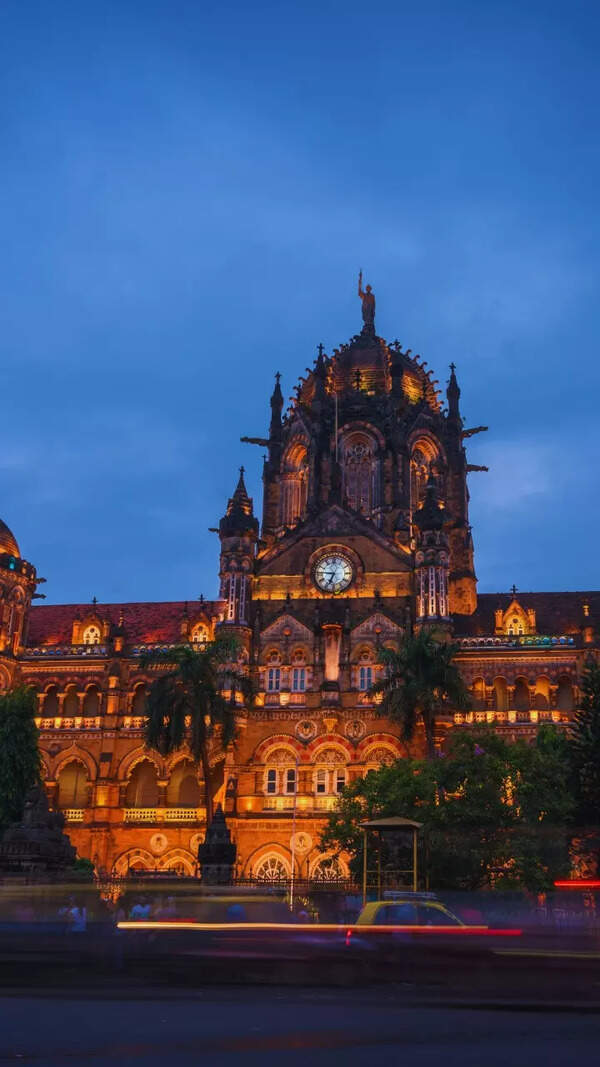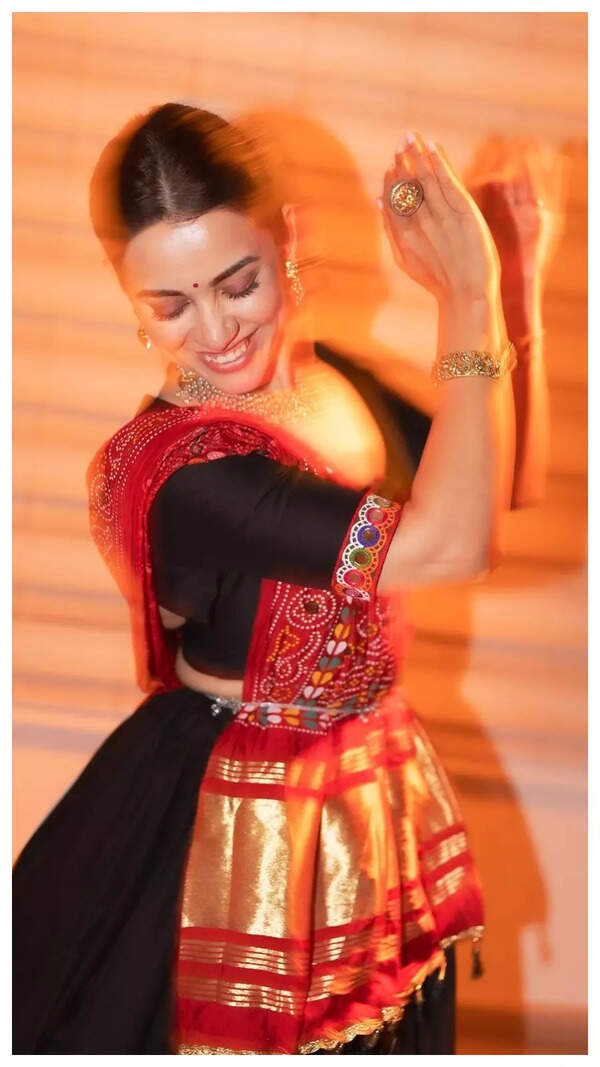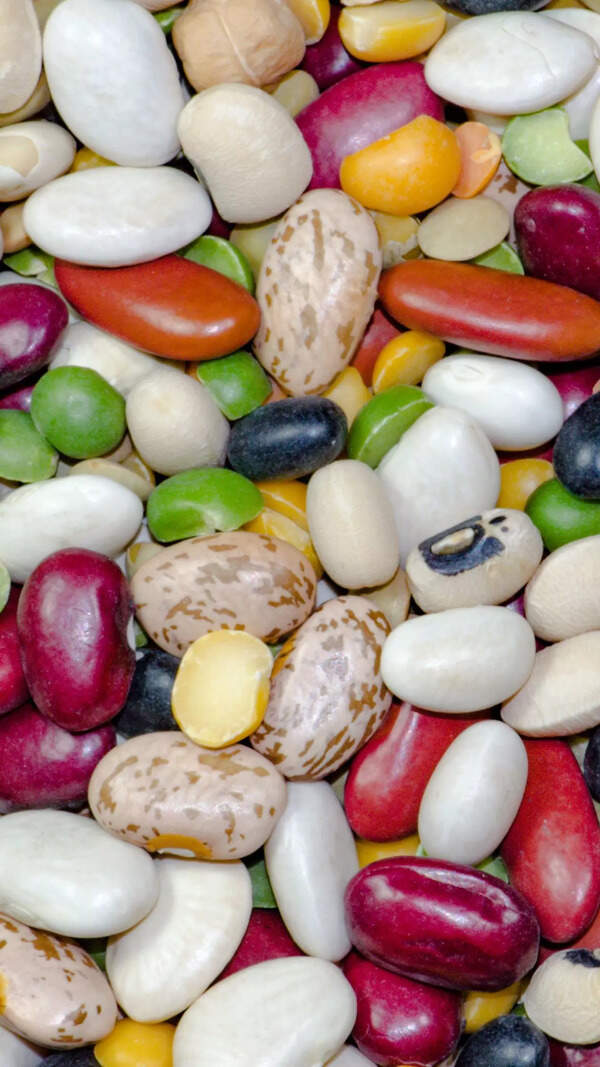- News
- Telugu troubles: New words find no space
Telugu troubles: New words find no space
In 2008, Telugu was granted classical language status. The tag, meant to help preserve its literary heritage and foster a sense of identity, however, has not been able to help the language gain traction, with a disconnect palpable even among native speakers.
Losing ground within India
Historically, Telugu was the third most widely spoken language in British India, boasting 1.7 crore native speakers, as per the 1881 Census.
However, by the 2011 Census, it dropped to fourth place, surpassed by Marathi which had 8.3 crore speakers as compared to 8.1 crore Telugu speakers.
The challenges facing the Telugu language stem from various factors, say experts, including the lack of standardisation of new vocabulary, reluctance to adopt ‘loan words' from other languages, and an increasing preference for English-medium education.
Adopting newer words
Unlike in English, where institutions such as the Oxford English Dictionary regularly update their lexicon, there is no systematic process for incorporating new words into Telugu dictionaries, particularly ‘loan words' from other languages. This absence of a structured approach means that many contemporary terms remain unrecognised, hampering Telugu's use in specialised fields such as technology, science, and medicine.
The limited digital presence of Telugu also exacerbates these issues, restricting opportunities for engagement and contemporary communication.
Former chairman of the Official Language Commission, P Vijaya Babu, said, "To enrich Telugu language, we should embrace new words and terminology from other languages, rather than fearing that such adoption will pollute it." He too cites the example of Oxford English Dictionary which is increasingly incorporating Indian words, including those from Telugu, into the English language.
Batting for its evolution, Babu said, "Writing in Telugu should flow naturally, avoiding the imposition of overly complex Grandhika (classical) language on students and learners. By fostering a bilingual environment where Telugu speakers learn English, we can expand the global footprint of the language."
Speaking to STOI, GN Devy, author of ‘India: A Linguistic Civilization', said that Telugu, like any living language, is constantly evolving. "New words are introduced into the language through various sources, including foreign languages, specialised registers or pocket languages, slang, and emerging technologies."
Giving an example, the founder of the People's Linguistic Survey of India, said, "Once a new word becomes established and standardised, it is often perceived as a natural part of the language. For example, the Telugu word ‘pustakam', derived from Sanskrit, has become a common term for ‘book'."
Standardising an evolving language
Some experts on the other hand say the focus must first be on indigenous words. Koilada Babu, a noted Telugu writer, said Telugu's vocabulary comprises 'Desiya' or indigenous words that have evolved within the language. "Dictionaries should primarily focus on Desiya words, a need that is currently unmet," said Babu. New words are constantly being coined in Telugu. But without proper incorporation into reprinted dictionaries, students often find it difficult to learn and use them, he says.
For instance, modern terms like ‘artificial intelligence' (translated as ‘Kṛtrimā mēdhasu') and ‘machine learning' (translated as ‘Yāntrikā nērpari') need to be included in authoritative Telugu dictionaries. However, experts say this inclusion must be approached with care, verifying the authenticity of these translations to ensure standardised usage.
Prof V Simmanna, former head of the department of Telugu at Andhra University, said that a collective effort is essential to standardise newly-coined words. "Unfortunately, there has been little movement in this direction for the Telugu language, contributing to its decline," he said. To address the issue, he suggests a comprehensive plan with a specific timeframe and goals. "Such efforts could involve collaboration among linguists, educators, governments, cultural organisations and other key stakeholders to ensure that the language evolves while maintaining its integrity and heritage," he added.
Need to raise awareness
Experts say another challenge to Telugu language thriving is the lack of a platform, such as the World Telugu Conference, to showcase it in India and globally. The last World Telugu Conference took place in Hyderabad in 2017.
The erstwhile AP govt had organised the inaugural World Telugu Conference in 1975 to unite Telugu people from around the globe, foster mutual understanding, and promote the Telugu language, culture, history. However, after five such conferences, the govts of the two Telugu states have not hosted similar events after the one in 2017.
Language experts also say that the promotion of Telugu in the day-to-day communication of the govt is lacking. There must be integration of the language into routine communications and activities across governmental departments and other institutions within the state.
GFX
Preference for English medium
In Telangana, in 2023-24, over 81% of students (4 lakh out of 4.9 lakh) appeared for the Class X exams in English medium. Notably, these students outperformed their Telugu medium counterparts, achieving a pass rate of 93.7% compared to 80.7% of Telugu medium students.
A similar trend is seen in Andhra Pradesh. In 2023-2024, nearly 72% of the Class X students studied in English medium, while representation of Telugu medium declined to 26%. This is in stark contrast from 2001-2002, when English medium students comprised only about 18% of the total enrolment for Class X while Telugu medium students accounted for nearly 80%.
Telugu among slowest growing languages (For bar graph)
According to the 2011 census, Telugu ranks fourth among the slowest-growing languages
Nepali (1.98%)
Malayalam (5.36%)
Sindhi (9.34%)
Telugu (9.63%)
Etymology of the word Telugu (optional cut)
The origin of the word ‘Telugu' is explained through three main theories. One theory traces it to the Sanskrit term ‘Tenugu', meaning ‘southern people'. The second theory links it to the Sanskrit word ‘Trilinga,' meaning ‘the land of the three lingas,' referring to three significant Lord Shiva temples in the Telugu regions at Kaleshwaram (Telangana), Srisailam (Rayalaseema), and Draksharama (coastal AP). Some scholars propose that the word ‘Telugu' may have originated from tribal languages like Gondi, where ‘telu' means ‘white' and ‘unga' is a plural form, resulting in ‘Telunga,' which could be interpreted as ‘people of fair complexion.'
End of Article
FOLLOW US ON SOCIAL MEDIA











